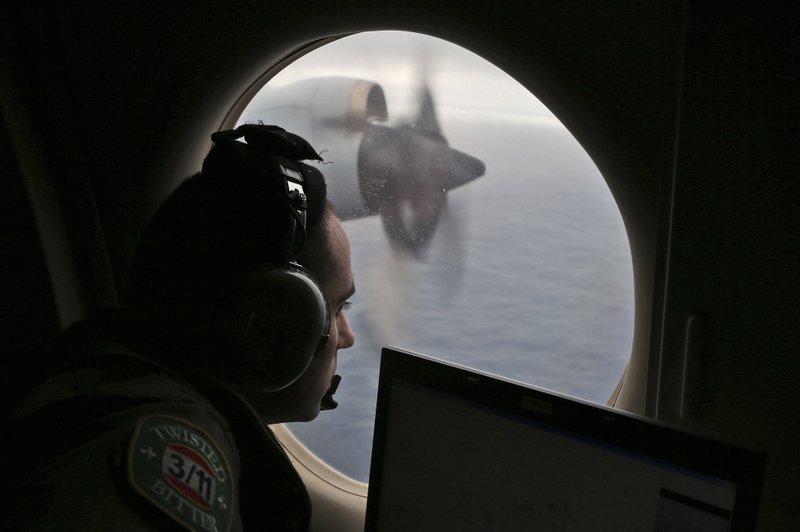SYDNEY -- A team of international investigators hunting for missing Malaysia Airlines Flight 370 said Tuesday that it has concluded the plane is unlikely to be found in a stretch of the Indian Ocean search crews have been combing for two years, and may instead have crashed in an area farther north.
Though crews are expected to finish their deep-sea sonar hunt of the current search area next month, the possibility of extending the search to the north appeared doubtful, with Australia's transport minister suggesting that the analysis wasn't specific enough to justify continuing the hunt.
The report, by the Australian Transport Safety Bureau, which is leading the search for the plane, is the result of a November meeting of international and Australian experts who re-examined all the data used to define the search area for the aircraft, which vanished during a flight from Kuala Lumpur, Malaysia, to Beijing on March 8, 2014, with 239 people on board.
Since the plane disappeared, experts have analyzed a series of exchanges between the aircraft and a satellite to estimate a probable crash site along a vast arc of ocean in the southern hemisphere. A deep-sea search of a 46,000-square mile area of water along the arc has so far come up empty.
In November, the experts went back over the satellite data, along with the results of a new ocean drift analysis of the more than 20 items of debris likely to have come from the plane that have washed ashore on beaches throughout the Indian Ocean. The analysis, based on where the items washed up and when, suggested the debris originated farther north along the arc from the current search zone.
Given the number of aircraft parts found so far, the team concluded that a debris field had floated on the water surface after the plane crashed. So they eliminated areas of the ocean where air crews had searched the surface in the early stages of the hunt.
That left a 9,700-square-mile area immediately to the north of the current search zone as the most likely place where the plane hit the ocean, the report said.
The investigators concluded with "a high degree of confidence" that the plane is not in the current search area. And they agreed that the new area needs to be searched.
Information for this article was contributed by Rod McGuirk and Yu Bing of The Associated Press.
A Section on 12/21/2016


